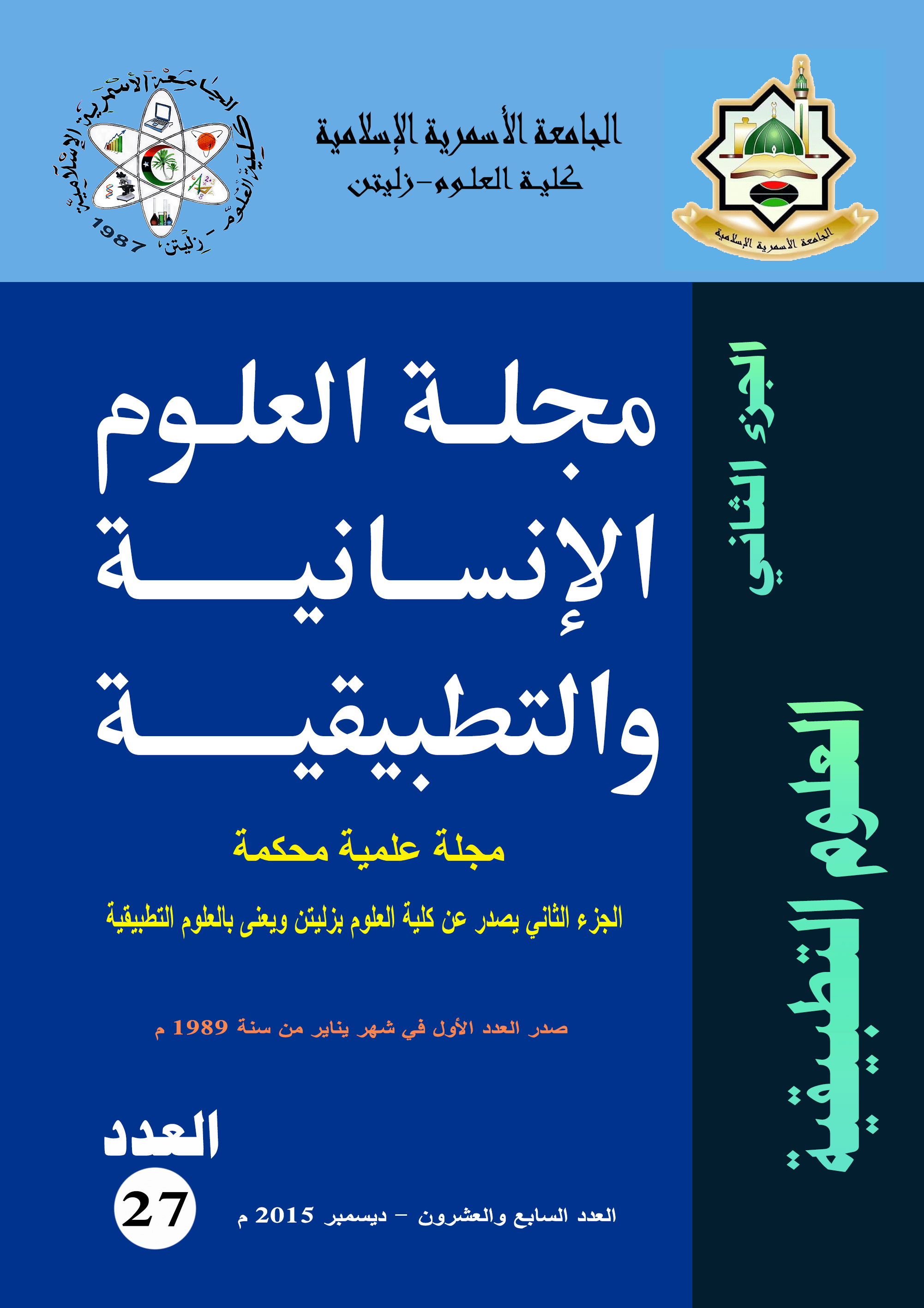ARABIC TO MALAY MEDICAL DIALOGUE TRANSLATION SYSTEM BASED ON THE GRAMMATICAL RULES
Keywords:
Machine translation, Dialogue sentences, Rule based approach, Automatic Translation, Rule Based Machine Translation approach, Transfer Driven Machine Translation, Arabic Malay Dialogue Translation system, part of speechAbstract
Machine Translation (MT) is one of our great dreams in computer application. Malay language is becoming essential tool for Arab people especially in Malaysia. To satisfy this need, we develop the techniques for the Arabic Malay dialogue translation system. The problems of this research is different structure of interrogative dialogue sentences, verb conjugated in dialogue sentences, and ordering of adjective and adverb in all types of dialogue sentences. This research focuses on the analysis of morphology and syntax of Arabic and Malay dialogue sentences to produce grammatical rules that can be apply on Rule Based Machine Translation approach to translate Arabic to Malay dialogue. Rule Based Machine Translation approach (RBMT) is based on certain rules to convert source text (Arabic) structure to target text (Malay) structure. It includes a source language sentence, analysis module, transfer module, and generation module. This research contains fifty dialogue sentences (50) in medical domain (dialogue between doctor and patient) have been tested by our system (computer translation algorithm) and the results were compared with human translation. The result shows around 87.2% accuracy of the dialogues translation from Arabic to Malay languages. This study shows 13% incorrect translations due to applying incorrect rules or there is ambiguous of words.
References
Abu shquier, M. M. &Sembok, T. M. T.. ”Word Agreement and Ordering in English-Arabic Machine Translation: A Rule-Based Approach”.2009. Ph. D. Thesis, Bangi:
Universiti Kebangsaan Malaysia.
Arnold, D., J., Balkan, L., Meijer, S., R. Lee, H., & Sadler, L.” Machine Translation: an IntroductoryGuide”. Manchester:Blackwells. 1994
Attia, M., A. “Handling Arabic Morphological and Syntactic Ambiguity within the LFG Framework with a View to Machine Translation”, Ph.d.Thiese, Universityof Manchester.2008.
Dillinger, M., “.Introduction to machine translation, Principal, Translation Optimization Partners”. 2010
Elsebai, A. “A rule Based system for Named Entity Recognition in Modern Standard Arabic”.school of computing science and engineering, university of Salford, UK.. 2009.
Habash, N., “Four Techniques for Online Handling of Out-of-Vocabulary Words in Arabic-English Statistical Machine Translation”, Association for Computational Linguistics, 2008, PP 57-60.
Karim, N. “Malay Grammar For Academics And Professionals”. Kuala lumpur, Malaysia. 1995.
Maros, M., Hua, T. K., & Salehuddin, K. “Interference In Learning English: Grammatical Errors In English Essay Writing Among Rural Malay Secondary School Students In Malaysia”, e-BANGI, Vol. 2, 2007.
Mima, H.,Furuse, O.,Wakita, Y. & Iida, H. “Multi-Lingual Spoken Dialog Translation System UsingTransfer_Drivenmachine translation”, ATRInterpreting TelecommunicationsResearch Laboratories,2001, PP. 148-155.
Ren, F. “Dialogue Machine Translation Using Multiple Translation Processors”, IEEE journal, 2000, PP. 143-148
Ryding,K.C. “A reference Grammar Of Modern Standard Arabic” .Cambridge University Press.2007
Salem, Y.Hensman, A.& Nolan, B, “Implementing Arabic to English machine translation using the Role and Reference Grammar linguistic model”.In proceedings of the English annual InternationalConference on Information Technology and Telecommunication, 2008, PP. .104-110.
Schulz, E.,Krahl, G., &Reuschel, W. ” Standard Arabic: Al-lugatu al- arabiyyatu: An Elementaryintermediate course”, Cambridge University Press,Foreign Language Study / Arabic. 2005
Shaalan, K. “ Machine translation of Arabic interrogative sentence into English”.International Conference on Artificial Intelligence Applications, 2002, PP. 473-483.
Shaalan, K., Abdel Monem, A., Rafea, A., & Baraka, H. ” Mapping Interlingua Representations to Feature Structures of Arabic Sentences”. International journal of computer processing of oriental languages, 2006, PP. 111-120.
Shaalan, K., Abdel Monem, A., Rafea, A.,& Baraka, H. “ Machine translationof English noun phrases into Arabic”, International journal of computer processing of oriental languages, 2004, PP. 121-134.
Sinha, R.M.K., & Thakur, A. “ On translation of Interrogative Sentence from Hindi to English”. In Proceedings of MLMTA.2006, PP. 148-154
Trujillo, A. “Translation Engines Techniques for Machine Translation”, Springer Manchester, UK. 1999.
Tsujii, J. &Nagao, M.“Dialogue Translation VS. Text Translation Interpretation Based Approach”.The 12th conference on Computational linguistics, Vol. 2, 1988, PP. 431- 440
Yamada, S.,Sumita, E., &Kashioka, H. “Translation using Information on Dialogue Participants”, ANLC Proceedings of the sixth conference on Appliednatural language processingKyoto,Japan, 2000, pp. 619-0288.
Zhou ,Y., Yanqing H., &Zong, C.“CASIA phrase-based SMT system for IWSLT’07”. International Workshop on Spoken Language Translation, 2007, PP. 15-16
Downloads
Published
How to Cite
Issue
Section
License
Copyright (c) 2015 Asma Abodina, Antisar Aldabrzi

This work is licensed under a Creative Commons Attribution 4.0 International License.





